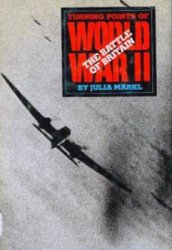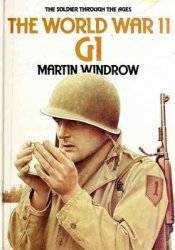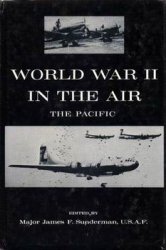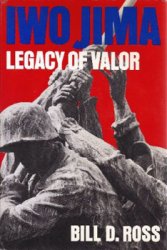The most vulnerable aspect of the Jewish position lay in tenuous lines of communications between settlements, and it was inevitable that these would become the first targets for Arab attacks. The Jewish population was concentrated mainly in long strips of agricultural communities in eastern Galilee, across the valley of Jezreel and down the coastal plain to the south of Tel Aviv. In many towns and areas there was no clear dividing line between Jewish and Arab populations; the institutions and offices of government and major utilities such as electricity and oil refineries were common to both. Particularly vulnerable were communications with the isolated settlements of western Galilee and the Negev and the links between Jerusalem’s 100,000 Jews and the coastal plain (not to mention those linking the outlying Jewish Jerusalem settlements with the bulk of the Jewish population in the city proper). Nor were the official frontiers secure. Controlled primarily by units of the Arab Legion and the Transjordan Frontier Force, the long land borders could not be closed effectively to the passage of Arab forces and military supplies into Palestine. The Legion numbered some 8,000 troops, while the Frontier Force was 3,000 strong; in addition, the British Palestine Police numbered some 4,000. Nominally, the British forces were responsible for law and order in the country, but both Jewish and Arab irregulars were by now operating freely within the areas under their respective control.
Over the years, the Jewish armed forces or militia had grown, sometimes with the connivance and assistance of the British and
T
Sometimes ‘underground’, despite, the British. At the outset, locally organized defence units had been established throughout the country in order to defend Jewish settlements, but these had gradually been amalgamated into a national organization, the ‘Haganah’. The Arab revolt of 1936-39 brought into existence the field companies of the Haganah, which were the first units activated on a national country-wide basis, to counter the effects of the uprising and to protect the oil pipeline crossing the valley of Jezreel on its way from Iraq to a terminal at Haifa. They were inspired by a British Army Captain, Orde Wingate (later to become famous as leader of the ‘Chindits’ in Burma during the Second World War), who set up ‘Special Night Squads’ to fight against the Arab guerrillas bent on sabotaging the pipeline. There also existed auxiliary forces known as the ‘Jewish Settlement Police’, who assisted in the defence of Jewish settlements and the maintenance of the lines of communications between them. Numbering some 2,000 men, officered by the British and financed by the Jewish Agency, they were organized in sections and armed only with small-arms.
In May 1941, the Haganah created a full-time military force known as the ‘Palmach’ (from ‘Plugot Mahatz’ or ‘shock troops’). This force was under the exclusive control of the Haganah, and was led initially by Yitzhak Sadeh, a large and flamboyant Haganah leader who, by personality and example, was a major driving force in its creation. (Later, with the establishment of the Israel Defence Forces, his record as a military leader in conventional operations did not live up to the promise of these early years.) He gathered around him a group of youngsters destined to be the leaders of Israel’s armed forces — indeed, many of the men who were later to lead Israel’s army into battle received their first training in the ranks of the Palmach — men such as Yitzhak Rabin (later Chief of Staff and Prime Minister), Chaim Bar-Lev (later Chief of Staff and a minister in the Israeli Government), David Elazar (Chief of Staff in the 1973 Yom Kippur War) and many others. It was in one of the first operations of the force, acting with the British to oust the Vichy French from Syria, that Moshe Dayan (later to become Chief of Staff, Minister of Defence and Minister of Foreign Affairs in various Israeli Governments, and to command Israel’s army in the 1956 Sinai Campaign) lost an eye. In command of one of two select reconnaissance units of the Palmach sent to secure a bridge across the River Litani, his binoculars were hit by a French sniper’s bullet as he was surveying the bridge. In command of the second unit that day was Yigal Allon, later to become commander of the Palmach, Deputy Prime Minister and a minister in several Israeli Governments.
During the Second World War, many Jews had volunteered for service in the British armed forces, either as individuals or in Palestinian units. In 1944, a Jewish Brigade Group was established and saw action in Italy against the Germans. The wartime experience acquired by some 30,000 voluteers, in all arms of the British forces, later proved to be invaluable in the creation of the Israel Defence Forces, providing as it did much of the organizational, training and technical background that hitherto had been absent in the Haganah. By the time that Rommel’s army — which had
Threatened to overrun Egypt and enter Palestine — had been defeated by the British in 1942, the Palmach under Yitzhak Sadeh comprised a force of over 3,000, including some 2,000 reserves. In 1947, at the time of the United Nations Partition Resolution, the Palmach numbered over 3,000 men and women with approximately 1,000 on active reserve who could be called up at a moment’s notice. (In 1944, a naval company, ‘Pal Yam’, and an air platoon had been established within the Palmach organization.)
In mid-1947, David Ben-Gurion, Chairman of the Jewish Agency for Palestine (which was, in effect, the government of the Jewish population in Palestine), began preparing the Haganah for the expected war. By six months before the outbreak of hostilities, he had created military districts or commands astride the possible invasion routes of the Arab armies, established brigades on a territorial basis and set out the guidelines for the acquisition of arms and the training of forces. Thus, by February 1948, the ‘Golani’ Brigade was operating in the Jordan valley and eastern Galilee; the ‘Carmeli’ Brigade covered Haifa and western Galilee; the ‘Givati’ Brigade the southern lowlands; the ‘Alexandroni’ Brigade the Sharon central area; the ‘Etzioni’ Brigade the Jerusalem area; and the ‘Kiryati’ Brigade covered the city of Tel Aviv and its environs. In the course of the following months, three other Palmach brigades were created out of the independent Palmach battalions: the ‘Negev’ Brigade in the southern lowlands and the northern Negev; the ‘Yiftach’ Brigade in Galilee; and the ‘Harel’ Brigade in the Jerusalem area.
It is well to recall that, when one talks about brigades and military units, one is not depicting a normal military line-up. The entire Haganah operation was an underground one, and its military organization and deployment had to be carried out under the vigilant eyes of British troops and police in the full knowledge that the possession of weapons was a crime punishable by death. Moreover, British soldiers carried out raids on Jewish villages and towns from time to time, revealing secret storage dumps of weapons. Ingenious, devious means of transporting and storing weapons were an essential facet of Haganah skills. The Arabs did not suffer from this disability, because they were less in confrontation with the British forces and often moved around freely in the areas under their control openly armed. In this respect, they benefited considerably from the active support of the units of the Arab Legion, which were part of the British forces. A modest domestic war industry was created in which small-arms such as Sten guns and hand grenades were manufactured, but the disadvantage with which the Jewish forces set out to do battle is emphasized by the fact that the total armament at the Haganah’s disposal in 1947 consisted of 10,500 rifles, 3,500 submachine-guns, 775 light machine-guns, 34 3-inch mortars and 670 2-inch mortars with sufficient ammunition for only three days’ fighting — even the standing force, the Palmach, could only arm two out of every three of its active members. At this stage, heavy machine-guns, anti-tank guns and artillery were but a dream: not one existed in the Jewish forces.
The total Jewish force that could be mobilized from an overall Jewish population of 650,000 was some 45,000, but these included some 30,000
Men and women whose functions were limited to local defence, particularly in the villages throughout the country — they could at no time be included in the field forces. The effective force that the Jewish population could field on a national basis on the outbreak of hostilities therefore numbered approximately 15,000. The air platoon of the Palmach consisted of eleven single-engined light aircraft manned by twenty Piper Cub pilots plus some twenty fighter pilots with Royal Air
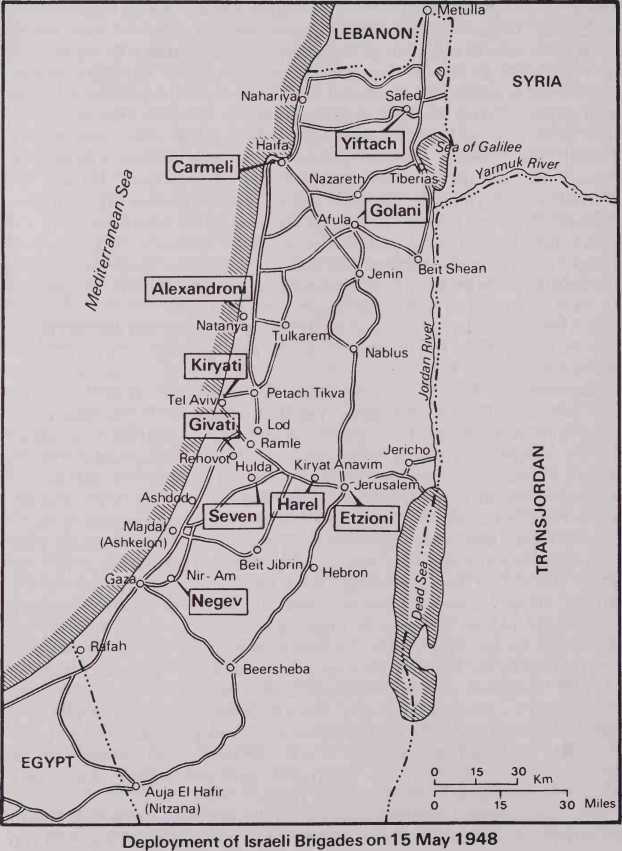
Force experience. These civilian aircraft were the nucleus of the Israeli Air Force. No airport or landing strip was at their exclusive disposal, and only two airfields in the country, Haifa and Lod (Lydda), could be used by civilian aircraft. The naval company numbered some 350 sailors with Royal Navy and ‘illegal’ immigrant-running experience, with a few motor boats and a number of frogmen.
In addition to the Haganah, there existed in Palestine the two Jewish dissident organizations, who did not accept the authority of the Jewish Command. The 2,000-4,000 members of the Irgun, under the command of Menachem Begin, continued with militant anti-British activity even when the official Jewish policy was not to engage in such activity. Pursuing a policy of constant attack on British police posts, government and army installations, it was trained primarily to carry out small-unit, commando-type raids, but had very little experience in large-scale, open fighting. The 500-800 member Lehi, or Stern Group, was even more extreme in its dissident policy, and remained consistently anti-British throughout the war. The ultimate integration of these two units into a unified Israeli Army was not to be accomplished without severe problems and some internecine bloodshed.




 World History
World History